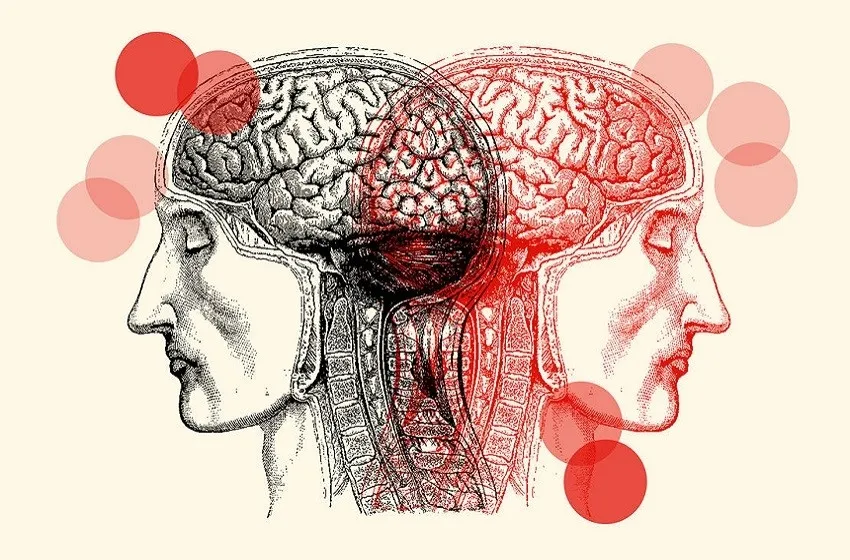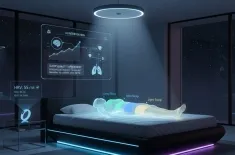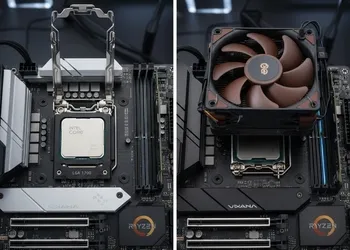Bipolar disorder is a mental health condition characterized by extreme mood swings, including emotional highs (mania) and lows (depression). Understanding its symptoms, such as irritability and impulsive behavior, is crucial for effective management. Treatment options include therapy, medication, and lifestyle changes that can help individuals lead fulfilling lives. Support from family and friends is essential for coping with this disorder.
Bipolar disorder is a mental health condition characterized by extreme mood swings. People with bipolar disorder experience episodes of both mania and depression. During a manic episode, they may feel excessively happy, energetic, and impulsive. During a depressive episode, they may feel sad, hopeless, and withdrawn. Bipolar disorder can be treated with medication and therapy.
The exact cause of bipolar disorder remains unknown, but it's widely believed to be a complex interplay of genetic, biological, and environmental factors. No single gene is responsible, but research suggests a strong hereditary component. Individuals with a family history of bipolar disorder are significantly more likely to develop the condition themselves. This doesn't mean it's solely genetic; it indicates a genetic predisposition, making some individuals more vulnerable.
Biological factors play a crucial role. Imbalances in brain neurotransmitters, particularly dopamine, serotonin, and norepinephrine, are implicated. These chemicals are responsible for regulating mood, sleep, energy levels, and focus. Structural and functional differences in certain brain regions have also been observed in individuals with bipolar disorder through neuroimaging studies. These differences might affect how the brain processes information and regulates emotions.
Environmental factors can act as triggers or exacerbate existing vulnerabilities. Significant life stressors, such as trauma, abuse, major loss, or intense periods of stress, can precipitate an episode in individuals predisposed to bipolar disorder. Substance use and abuse can also disrupt brain chemistry and trigger or worsen symptoms. While the precise mechanisms are still under investigation, the interaction between genetic predisposition, neurobiological factors, and environmental stressors likely determines whether and when bipolar disorder manifests.
Types of Bipolar Disorder
Bipolar disorder is classified into several subtypes based on the nature and severity of manic and depressive episodes:
- Bipolar I Disorder: This is characterized by at least one manic episode, which can be preceded or followed by hypomanic or major depressive episodes. Manic episodes involve a distinct period of abnormally and persistently elevated, expansive, or irritable mood, lasting at least one week. During manic episodes, individuals may experience inflated self-esteem, decreased need for sleep, increased talkativeness, racing thoughts, distractibility, increased goal-directed activity, and engagement in risky behaviors.
- Bipolar II Disorder: This involves at least one hypomanic episode and at least one major depressive episode. Hypomanic episodes are similar to manic episodes but less severe and don't significantly impair functioning or necessitate hospitalization. They typically last at least four days. Major depressive episodes are characterized by persistent sadness, loss of interest or pleasure, changes in sleep and appetite, fatigue, and feelings of worthlessness or guilt.
- Cyclothymic Disorder (Cyclothymia): This is a milder form of bipolar disorder characterized by numerous periods of hypomanic symptoms and periods of depressive symptoms that don't meet the criteria for a full hypomanic or major depressive episode. These symptoms persist for at least two years in adults and one year in children and adolescents. The symptoms don’t disappear for more than two months at a time.
Differentiating between these subtypes is crucial for appropriate diagnosis and treatment planning. The symptoms and their intensity can vary widely between individuals, highlighting the need for a comprehensive evaluation by a mental health professional.
Is Bipolar Disorder Curable?
Currently, there's no known cure for bipolar disorder. However, it's a highly treatable condition. With appropriate treatment, most individuals can experience significant symptom reduction, improved mood stability, and a greatly enhanced quality of life. Treatment typically involves a combination of medication, psychotherapy, and lifestyle modifications. The goal isn't to eliminate bipolar disorder entirely but to manage its symptoms effectively, prevent future episodes, and promote long-term well-being. Consistent adherence to the treatment plan is essential for maintaining stability and preventing relapse.
Bipolar Disorder Test
There's no single test to diagnose bipolar disorder. Diagnosis is made by a qualified mental health professional, typically a psychiatrist or psychologist, through a thorough assessment process. This process involves:
- Clinical Interview: A detailed discussion of the individual's symptoms, mood history, family history of mental illness, and overall medical history.
- Symptom Evaluation: Assessment of the severity, duration, and impact of symptoms, using standardized questionnaires and clinical judgment. This includes evaluating the presence and duration of manic, hypomanic, and depressive episodes.
- Rule Out Other Conditions: Differentiating bipolar disorder from other conditions that might present with similar symptoms, such as major depressive disorder, schizophrenia, or substance-induced mood disorders.
- Physical Examination: A medical evaluation to rule out physical conditions that can mimic bipolar disorder symptoms.
- Review of Medical Records: Examination of past medical and mental health records for relevant information.
The diagnostic process considers the specific criteria outlined in the Diagnostic and Statistical Manual of Mental Disorders (DSM-5) or the International Classification of Diseases (ICD-11). It's crucial to seek professional help for an accurate diagnosis and individualized treatment plan. Online tests or self-assessments can be informative, but they cannot replace a professional evaluation.
Bipolar Disorder Symptoms in Females
While the core symptoms of bipolar disorder are similar in both males and females, some differences in presentation have been noted. Females may experience more depressive episodes than manic episodes, and their depressive episodes might be more severe or longer-lasting. They may also be more likely to experience rapid cycling (four or more mood episodes within a year). Hormonal fluctuations associated with menstruation, pregnancy, postpartum, and menopause can trigger or exacerbate mood swings in women with bipolar disorder. Anxiety and irritability are also often more prominent in women compared to men. These differences highlight the importance of considering gender-specific factors in diagnosis and treatment.
Bipolar Disorder Treatment
Treatment for bipolar disorder is typically multifaceted and personalized to address individual needs. It commonly involves:
- Mood Stabilizers: These medications, such as lithium, valproate, and lamotrigine, help reduce the severity and frequency of mood swings. They are often the cornerstone of bipolar disorder treatment.
- Antipsychotics: These medications can help manage manic and psychotic symptoms, particularly in cases of severe mania or psychosis.
- Antidepressants: These are sometimes used with caution in conjunction with mood stabilizers to address depressive episodes. However, antidepressants alone can sometimes trigger manic episodes in individuals with bipolar disorder.
- Psychotherapy: Psychotherapy, such as cognitive behavioral therapy (CBT) and interpersonal and social rhythm therapy (IPSRT), can help individuals identify and manage triggers, develop coping strategies, and improve their overall functioning. Psychoeducation is also critical to understanding the disorder and its management.
- Lifestyle Changes: Lifestyle modifications such as regular sleep schedules, a balanced diet, regular exercise, stress management techniques, and avoiding substance use are vital for stabilizing mood and preventing episodes.
Bipolar Disorder Medication
Several types of medication are used in treating bipolar disorder, often in combination:
- Lithium: A mood stabilizer that reduces the frequency and severity of both manic and depressive episodes. It requires regular blood monitoring to ensure safe and effective dosage.
- Anticonvulsants (Mood Stabilizers): Medications like valproic acid (Depakote), lamotrigine (Lamictal), and carbamazepine (Tegretol) are effective in managing mood swings, particularly manic episodes. They also have potential side effects that require monitoring.
- Antipsychotics: Atypical antipsychotics like risperidone (Risperdal), quetiapine (Seroquel), olanzapine (Zyprexa), and aripiprazole (Abilify) are often used to treat manic episodes, especially those with psychotic features. They can also be used to augment the effects of mood stabilizers.
- Antidepressants: While effective for depression, antidepressants can sometimes trigger manic episodes in individuals with bipolar disorder. They are used cautiously and usually only in conjunction with mood stabilizers and under close medical supervision.
Medication selection and dosage are determined by a psychiatrist based on individual needs and response to treatment. Regular monitoring of medication effectiveness and side effects is crucial. It's important to work closely with a healthcare provider to find the most effective and safest medication regimen. Discontinuing medication without consulting a doctor can lead to relapse or worsening symptoms. The information provided here is for educational purposes and does not constitute medical advice. Always consult a healthcare professional for any health concerns.



































